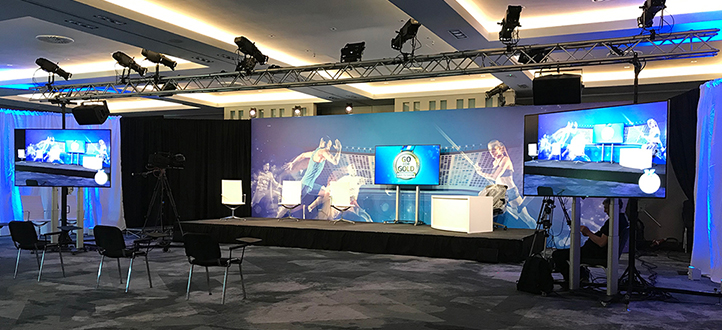Crucial Tactics for Maximizing the Durability of The LED Display
Wiki Article
LED walls are growing increasingly widely used for multiple applications, from marketing to leisure. To ensure that these displays function efficiently over time, it is essential to implement strategies that maximize their lifespan. Comprehending the elements that affect the durability of Light Emitting Diode screens can help operators sustain their performance and prevent unneeded substitutions.
One of the primary elements that can prolong the lifespan of an LED screen is appropriate installation. It is crucial to have a professional crew handle the installation process to guarantee all parts are correctly connected. Poor installation can result in power issues or physical damage. Additionally, the placement of the Light Emitting Diode wall should take into account surrounding factors such as sunlight exposure and humidity levels. A properly set up screen in a suitable location will minimize the risk of damage caused by outside factors.

Regular upkeep is another key strategy to extend the lifespan of an LED wall. This includes regular checks to monitor for any signs of deterioration or failure. Dust and dirt can accumulate on the top of the Light Emitting Diode screens, affecting brightness and color quality. Cleaning the displays with suitable cleaners will help maintain optimal visibility. It is also important to check the components behind the screen, ensuring that all connections are secure and that there are no heat issues, which can greatly reduce the durability of the parts.
Power management plays a vital role in improving the lifespan of an Light Emitting Diode screen. Over-voltage or fluctuating power supply can damage the internal circuitry. To avoid this, using a reliable electric supply and putting in place overvoltage protection measures is advisable. Additionally, setting the display to operate at lower brightness levels when high brightness is not required can lessen stress on the lights. This not only prolongs the durability of the screen but also conserves energy, making it a cost-effective choice.
Furthermore, software management can affect the functionality of Light Emitting Diode screens. Consistently refreshing the program that operates the screen guarantees that it operates smoothly and includes any necessary security patches. Outdated software can lead to performance issues and may expose the system to vulnerabilities. Proper scheduling of content can also help in managing the workload of the display, allowing it to rest during non-peak hours, which can contribute to a longer lifespan.
In conclusion, extending the durability of an LED screen involves a mix of proper installation, routine maintenance, effective Web Site electric management, and careful software management. By concentrating on these critical strategies, operators can guarantee that their LED screens stay functional and aesthetically pleasing for many seasons. Implementing proactive measures will not only improve the functionality of the Light Emitting Diode screen but also provide a greater yield on investment over the years.